
Everything you need to know about the Eurotunnel
14 May, 2025
Planning a journey between the United Kingdom and France? The Eurotunnel is one of the fastest, most convenient ways to cross the Channel, offering a seamless experience for travellers with cars, caravans, and even pets. In this guide, we’ll take you through everything you need to know—from how it works and what to expect, to the costs, travel times, and important travel tips. Whether you’re a seasoned traveller or embarking on your first Eurotunnel adventure, this comprehensive guide will ensure you’re fully prepared for the journey ahead.
Ready to explore Europe with ease? Let’s get started!
Contents
-
- Where does the Eurotunnel go?
- How does the Eurotunnel work?
- How long does the Eurotunnel take?
- How much is the Eurotunnel?
- Can you take a caravan or motorhome on the Eurotunnel?
- How early to arrive for the Eurotunnel?
- Can I take food to France on the Eurotunnel?
- Can I take food back to the UK on the Eurotunnel?
- Can I buy a Crit’Air sticker at the Eurotunnel?
- Can you take dogs on the Eurotunnel?
- The Eurotunnel compared to the ferry and the Eurostar
Summary
The Eurotunnel is a quick and convenient way to travel from the UK to France, with a 35-minute crossing from Folkestone to Coquelles near Calais. It allows cars, caravans, motorhomes, and even pets, with easy check-in through licence plate recognition. The blog covers ticket options, from the affordable Short Stay Saver to the flexible Flexiplus, as well as food restrictions when travelling between the UK and France. And although Crit’Air stickers are required for low-emission zones, they cannot be bought at the terminal. I will tell you where you can get them, though. Compared to ferries and the Eurostar, the Eurotunnel is the fastest and most eco-friendly way to cross the Channel.
Where does the Eurotunnel go?
The Eurotunnel carries cars and other vehicles, no foot passengers, under the English Channel. It spans from Folkestone in Kent, just off the M20 and about two hours from London, to Coquelles near Calais in France. From there, you’re just three hours away from Paris. It’s also the gateway to the rest of Europe. How about a trip to Spain, Germany or the Netherlands?
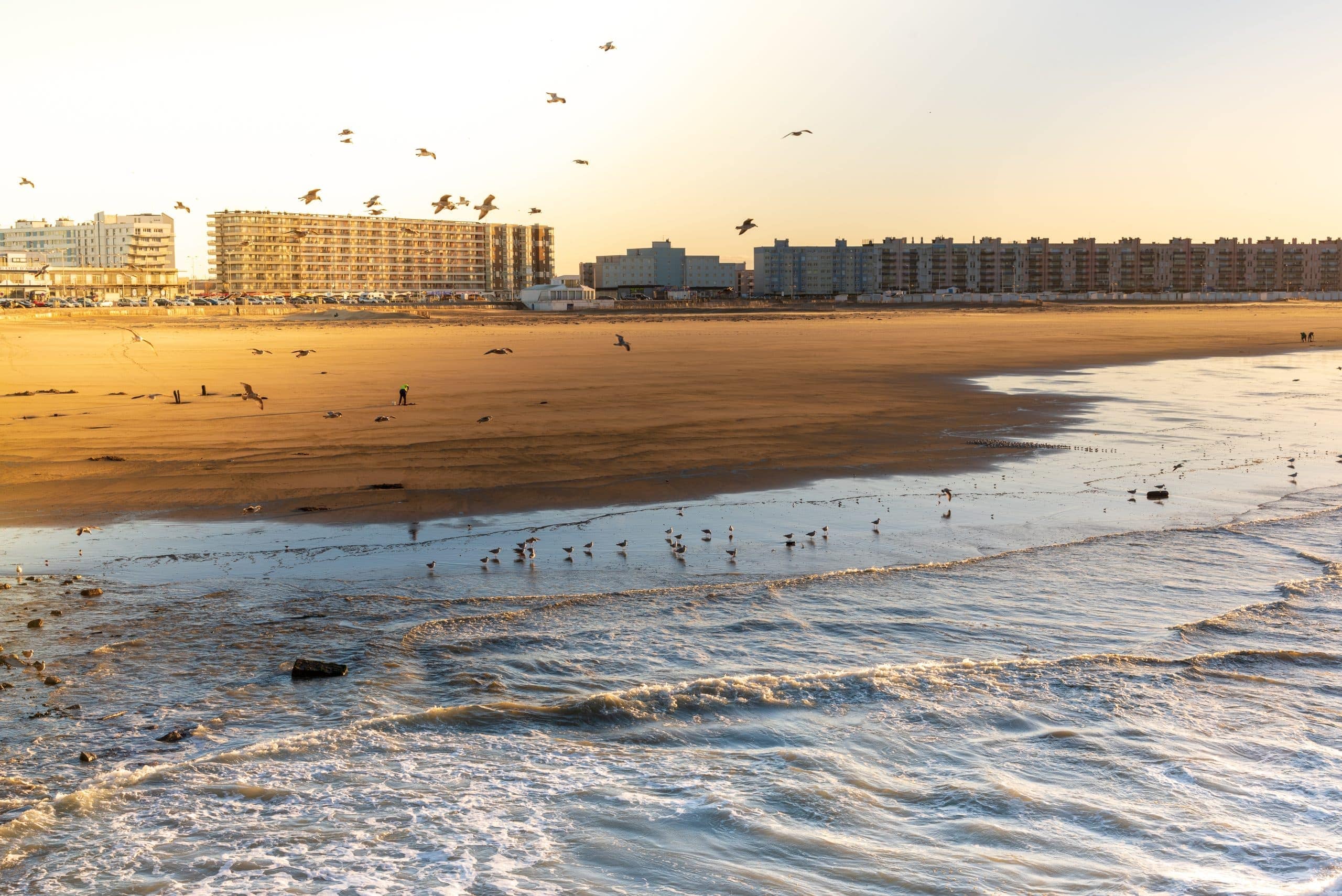
Calais will be your gateway to Europe, if you take the Eurotunnel. Your first stop could be Calais beach!
How does the Eurotunnel work?
The way over is actually quite straightforward. Just follow the signs on the main roads that lead you onto the Eurotunnel site.
- Check-in: Simply follow the signs to the terminal. The automatic check-in kiosks use licence plate recognition, so there’s no need for any prints.
- Receive your boarding pass: You will be given a ticket with a letter/number code. Hang this on your rear-view mirror.
- Park up and board: Watch the large screen for boarding instructions. Follow staff directions when it’s time to board – usually about 25 minutes before your allocated time. simply board the train, and you’re good to go!
- During the journey: You’re allowed to leave your vehicle, but keep in mind that there are no amenities on board. So make sure to make use of the terminal facilities beforehand.
- Arrival: You will be asked to return to your car once the train approached its destination. When the vehicle in front of you moves, start your engine and drive off. Begin your trip on the road!
How long does the Eurotunnel take?
The underground journey across the Channel takes only 35 minutes. The train, called LeShuttle, moves at speeds of up to 140 kilometres per hour. This makes it the fastest way to cross from the UK to mainland Europe.
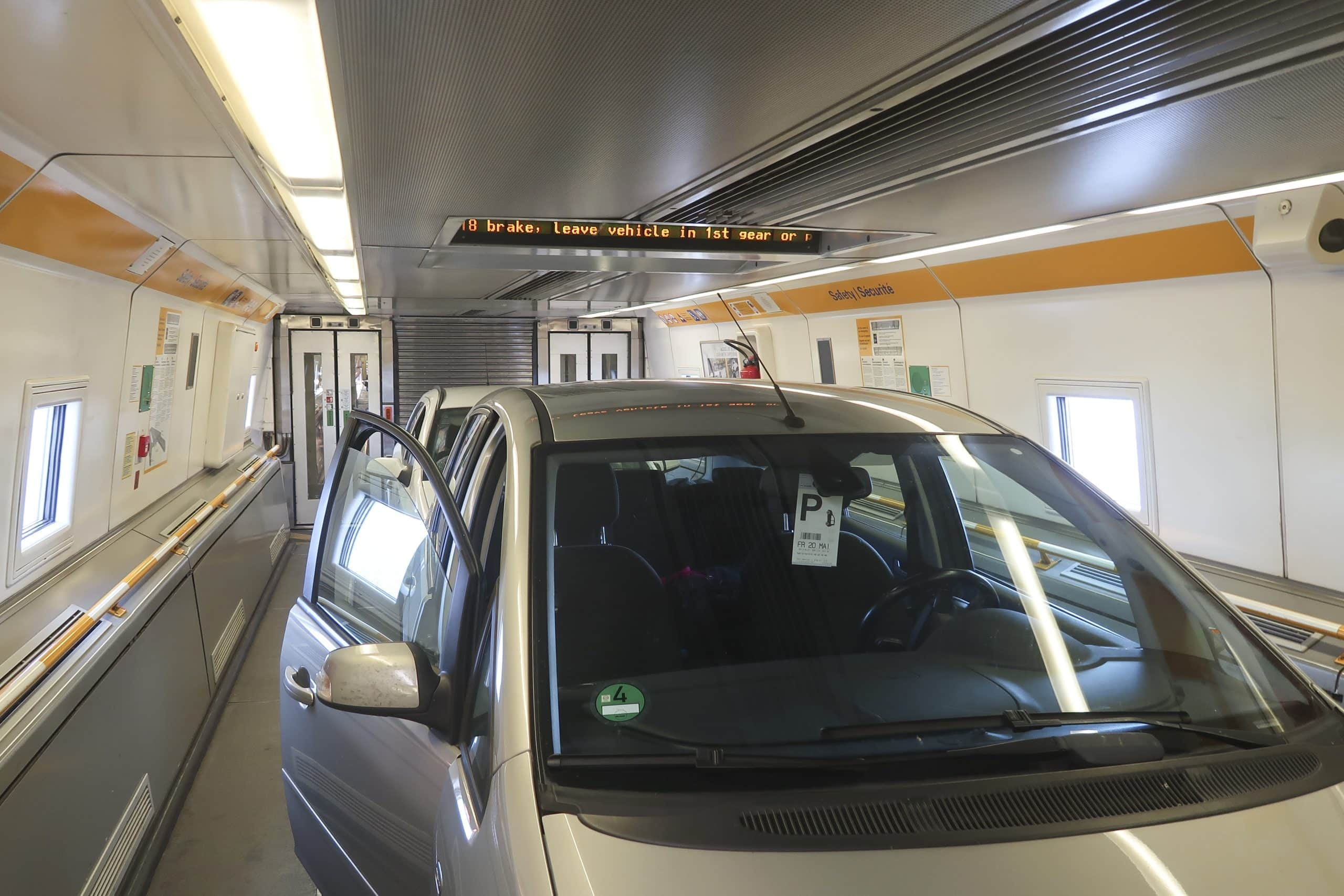
You will only be spending about 35 minutes on the LeShuttle train
How much is the Eurotunnel?
There really is a ticket for everyone. Choose the Short Stay Saver if you’re after an afforable option for a quick trip. Would you like more flexibility? Opt for the Flexiplus Ticket!
| Ticket Type | Price (One Way) | Features |
|---|---|---|
| Short Stay Saver | £96 | Non-refundable, for stays of 5 days or less |
| Standard Ticket | From £118 | Non-refundable, changeable for a fee, any duration |
| Flexiplus Ticket | £274 | Fully refundable, priority boarding, lounge access, any duration |
You can find all current fares and prices here. Do make sure you buy your tickets online in advance. You will need to provide the names, dates of birth and passport details of your travelling party, ahead of travel. Keep in mind that these rates are for cars only. The rates and prices for travelling with a caravan or motorhome are determined by the dimensions of the vehicle.
Can you take a caravan or motorhome on the Eurotunnel?
Yes, you can! The LeShuttle train accommodates motorhomes, caravans, campervans, and trailers on their carriages, with extra wide entrances.
Do make sure you check if there are any things to take into account for your specific vehicle. You can check any guidelines and restrictions here.
How much does it cost to take a motorhome on the Eurotunnel?
Ticket fares are based on the amount of space your vehicle takes up on the train. To be able to correctly allocate your place, you will need to register your vehicle, including its dimensions.
Overnight motorhome parking near the Eurotunnel
Overnight motorhome parking near Folkestone, UK
Overnight motorhome parking near Coquelles, France
How early to arrive for the Eurotunnel?
You should aim to arrive about one or two hours before your scheduled departure. If you arrive late, you will usually have to wait for the next available service. The terminal has restrooms, some cafes and (fast food) restaurants, a small duty-free shop and a play area for children. In rare cases, you can be asked to purchase a new ticket.
Traffic on the Eurotunnel site
On your way back, don’t be alarmed if you are send on a detour. Signs may appear to be leading you off site, but this is just a way to manage traffic. If traffic is low, you might be offered a different, earlier time to cross the Channel. You can either accept it, or keep your original crossing time if you prefer.
Can I take food to France on the Eurotunnel?
The European Union has strict rules for the types of food and plants that you can and cannot be brought into the EU from outside the EU. Of course, this also includes the UK since 1 January 2021.
You cannot take:
- Meat and meat products
- Milk and dairy products, including cheese and butter
Products that are allowed:
- Fresh or processed fish (products) – up to 20 kg
- Honey, snails and other animal-origin products – up to 2 kg
- Fruits and vegetables. Some, like potatoes, certain fruits, root vegetables and tubers are allowed with a plant health certificate.
- Baby food and formula, and foods for special medical purposes – up to 2 kg
Keep in mind that all animal products must be presented to Customs.
Can I take food back to the UK on the Eurotunnel?
Returning to the UK? There are restrictions on meat (products) and dairy products.
You can bring:
- Fish and poultry
- Animal products such as eggs and honey
- Vegetables, fruits, nuts and seeds
- Baby food and formula, and foods for special medical purposes – up to 2 kg

Unfortunately, you cannot take any delicious French cheese home on the Eurotunnel
Can I buy a Crit’Air sticker at the Eurotunnel?
Unfortunately, no. You should buy your Crit’Air sticker via the French government website before your trip. Take into account that it can take up to six weeks to receive it, so it’s definitely worth planning ahead.
You’ll need this to drive in one of the low emission zones (Aix-Marseille-Provence region, Bordeaux, Clermont-Ferrand, Grenoble, Lille, Lyon, Nice, Marseille, Montpellier, Paris, Reims, Rouen, Strasbourg, Saint-Étienne and Toulouse) in France. If you don’t have one when you should, you are risking a fine.
Also make sure you get the right type of sticker for your vehicle. You can check out the categories and find more information here.
Can you take dogs on the Eurotunnel
The short answer: yes, you can take dogs on the Eurotunnel. Cats and other pets, too! However, you do need to visit the Pet Reception on site, where you need to be able to hand over an EU Pet Passport or an Animal Health Certificate, and proof of your pet being microchipped and your dog having had tapeworm treatment.
The Eurotunnel compared to the ferry and the Eurostar
One of the best things about the Eurotunnel is its speed. Your journey across the Channel only takes 35 minutes of your time, all while enjoying the comfort of your own vehicle. The perfect time to stretch your legs, eat your packed lunch or dinner, and get back on to the road, while having travelled over 30 miles!
A ferry crossing
A ferry crossing from Dover to Calais takes about 90 minutes. There are also other cross-channel ferries available, taking you from other places in the UK to other destinations in France. These take about five to seven hours. When booked far in advance, these tickets cost about £53 per person. For a last minute crossing or a booking during the high season in summer, you can expect to pay up to £188.
The Eurostar
The Eurostar is a high-speed train that connects the United Kingdom with France, Belgium, Germany and the Netherlands. It does not stop at Calais, but is a direct way to Paris, Amsterdam, Brussels, Lille and Rotterdam. A standard ticket costs £39 per person. Children up to 4 years old can travel for free, provided they can sit on an adult’s lap. The Eurostar does not allow pets, and you cannot take your vehicle.
All in all, a trip on the Eurotunnel is an affordable, fast and eco-friendly way to cross the Channel. Have you ever crossed the Eurotunnel? Share your experiences and any tips in the comments!


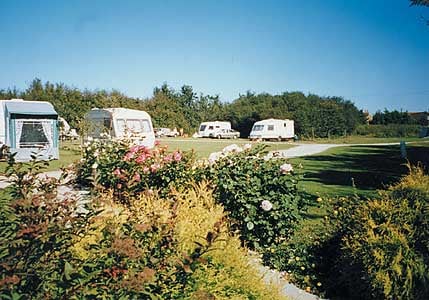

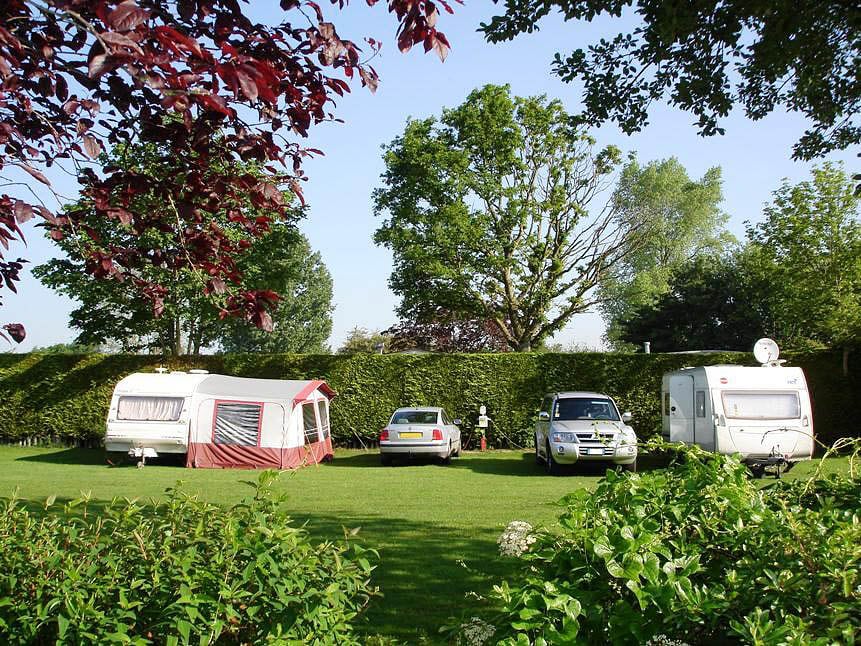
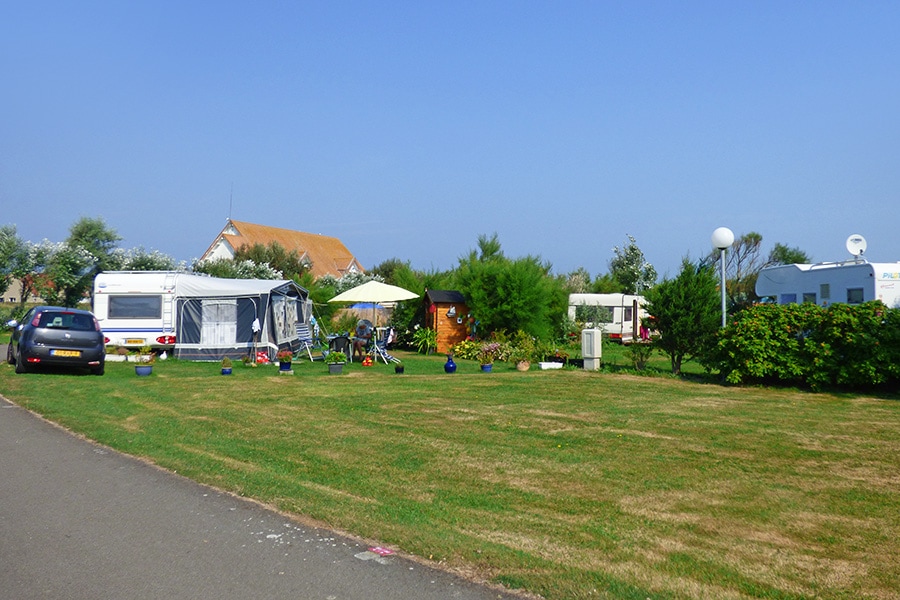

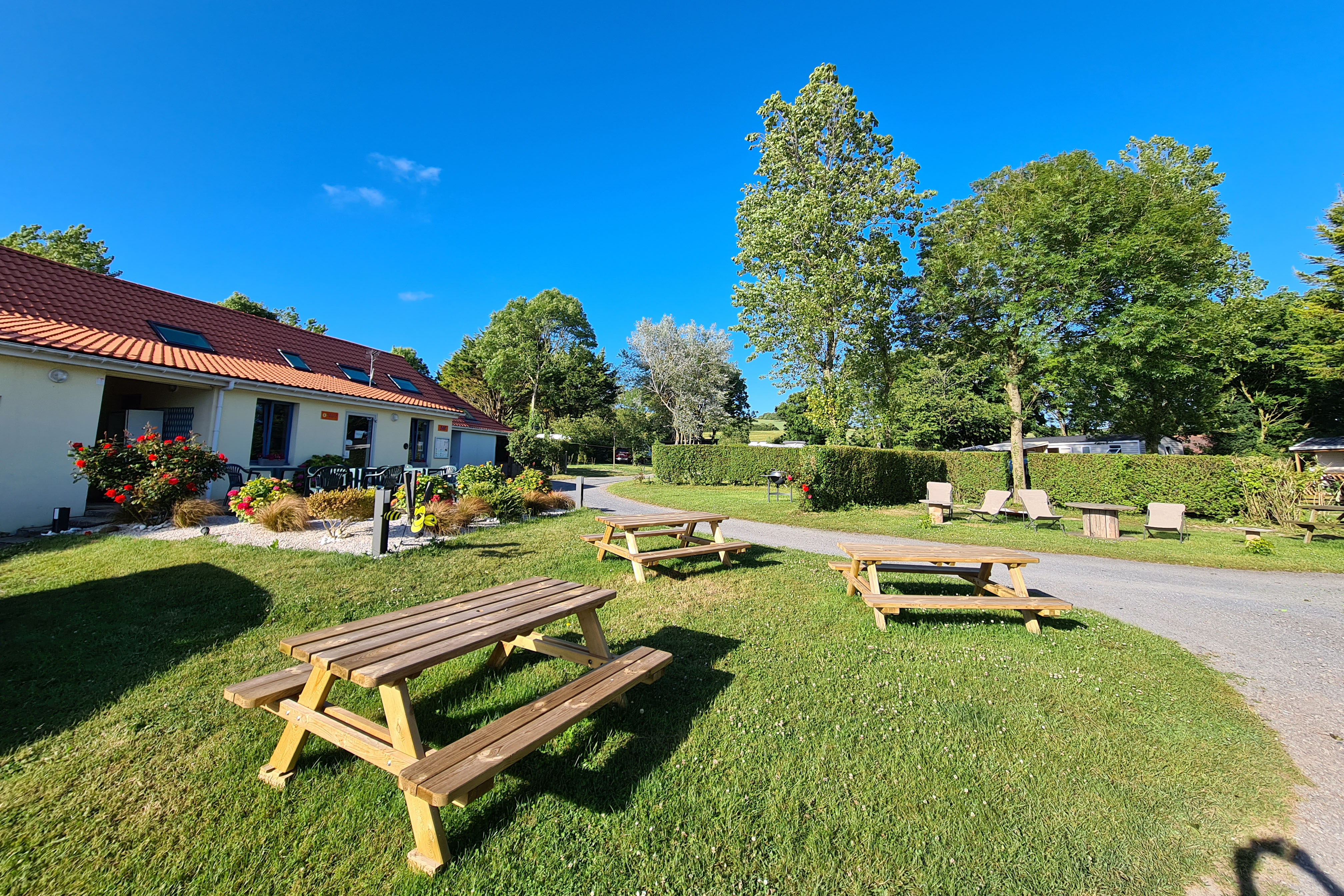
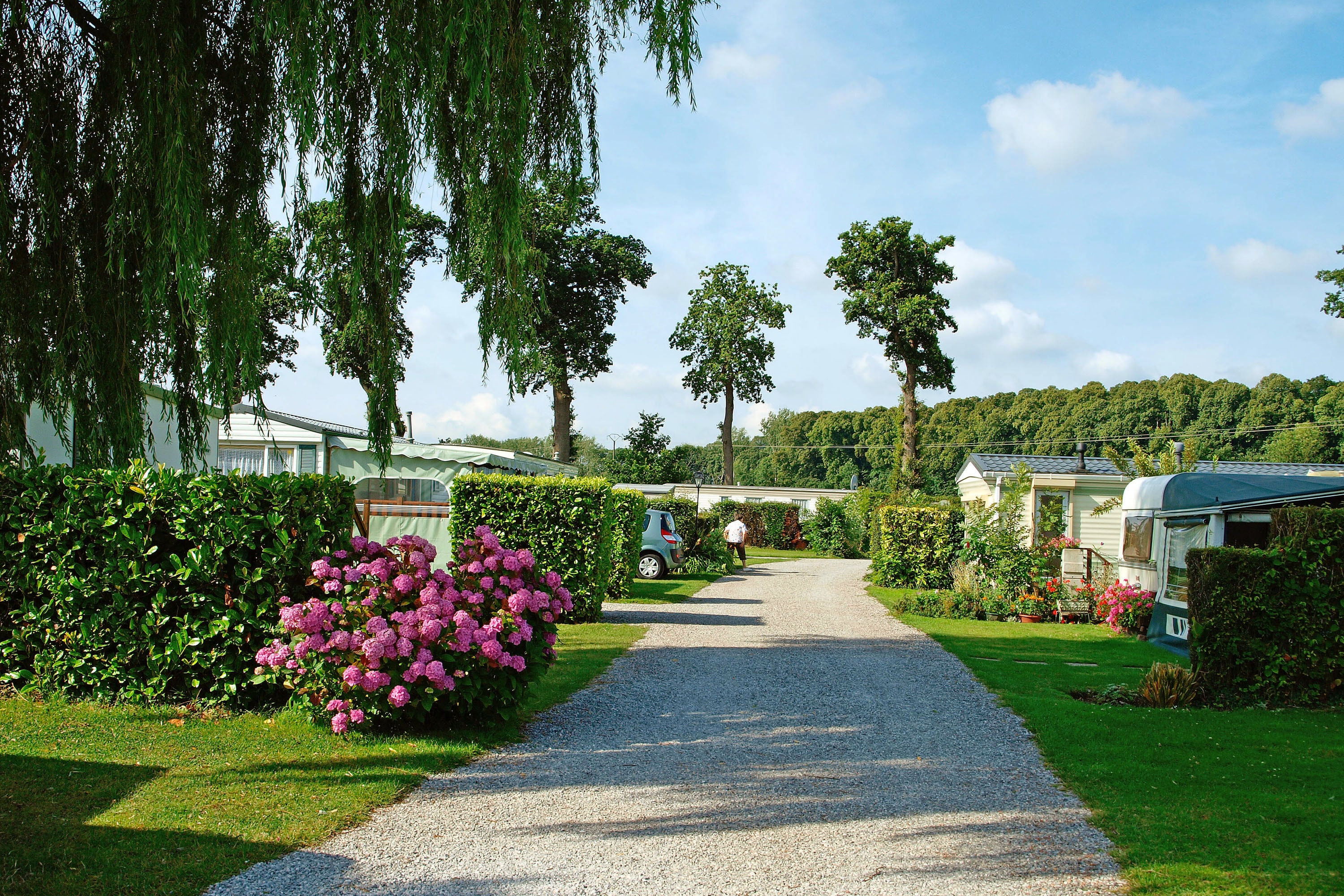



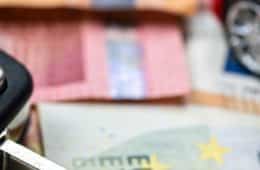
Latest comments